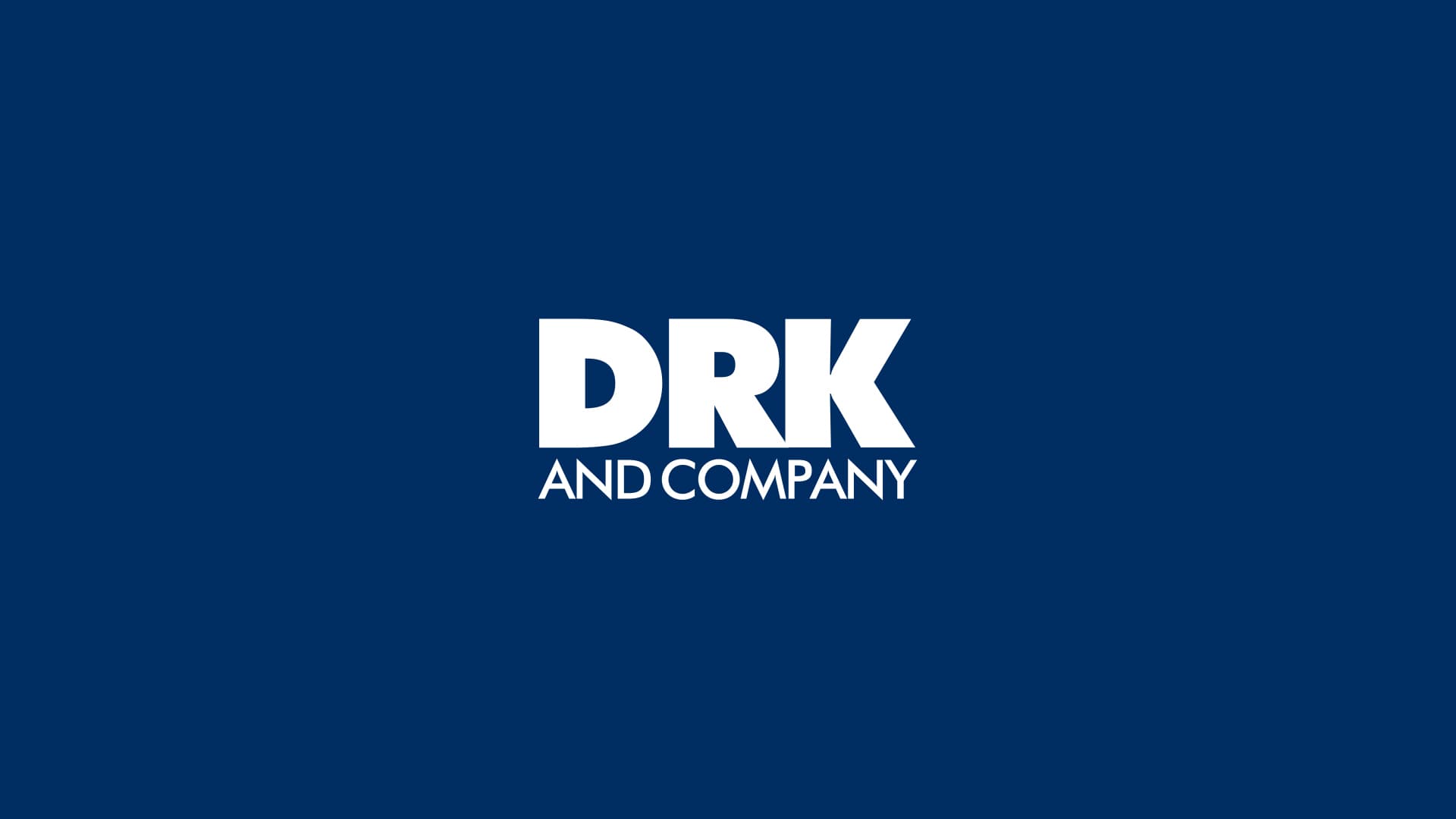
How To Prevent Workplace Accidents
Written on April 20th, 2017 | Updated on July 11th, 2025
We’ve compiled a few simple steps to reduce or eliminate accidents in your workplace.
Eliminate distractions and shortcuts
We are all incredibly busy these days, and multitasking can often result in distractions that create safety hazards. Distracted driving, not focusing on the task at hand, and rushing can all create opportunities for accidents and injuries. Make sure your company has a vehicle policy that addresses distracting driving, and consider providing affected employees with Bluetooth devices to assist in mitigating this risk. Encourage employees to execute their responsibilities with care and caution at all times.
Many employees may be tempted to take shortcuts to accomplish their tasks more quickly, especially when up against deadlines. These shortcuts can often involves carelessness, resulting in injuries and/or property damage, so make sure your employees follow all protocols and that all tasks are completed in accordance with safety protocols. Consistency is key!
Regular Training and Emergency drills
Periodic training for associates can be very beneficial. Consider a monthly safety training schedule, addressing a different topic each month. CPR/AED training, First Aid training, workplace hazards, PPE Personal Protective Equipment), safe driving, and other topics can be incorporated into a schedule for this purpose. Many times you may be able to tap into existing resources through in place service providers to enable your company to offer this training free of charge or at a reduced cost to the company.
Regularly emergency drills help eliminate confusion and uncertainty in the event of a true emergency. Make sure upper management leads by example by also taking part in all drills.
Be aware of and prepared for inherent risks
When you assign a duty to an employee, explain all the inherent risks that are involved. Make sure the employee has the training and skills needed to complete the duty. Consider the use of a safety checklist for particularly hazardous tasks, and make sure employees have and wear PPE when it is necessary. Even if the risks seem minor, explain them completely to help keep your employees safe.
Look for potential causes of accidents
Proactive measures will reduce the opportunity for any potential injury or accidents. Identify and address any hazardous conditions before an accident occurs through routine inspections and a documented process for this procedure. Encourage your employees be alert at all times, and bring any potential hazards to the attention of supervisors. You may even want to create a safety committee to support these efforts.
Safety guidelines
Keep your employees safer by posting clear guidelines, reminders and warnings in common areas. That will ensure that as many employees as possible will be reminded of the protocols on a regular basis. Also consider adding a workplace safety section to your employee handbook if your company does not already have this in place.


